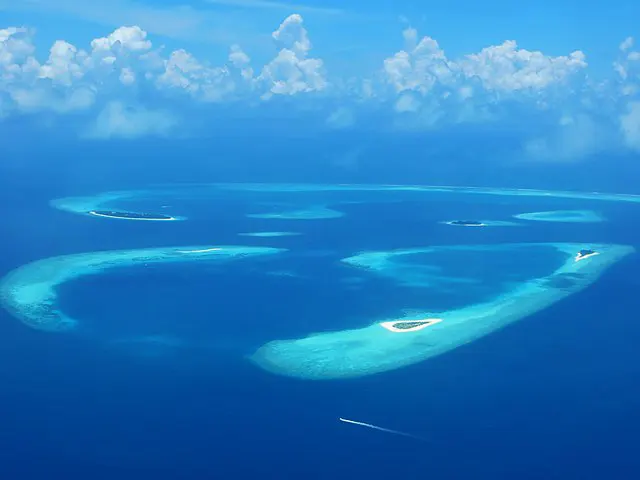Germany’s unconditional surrender to the Allies marked the end of World War II, although Victory in Europe Day is observed on both May 8 and May 9. (or V-E Day). This twin celebration is due to the fact that on May 8, the Germans surrendered to the Western Allies—which included Britain and the United States—while a separate surrender occurred in Russia on May 9. When Japan unconditionally submitted on August 14, 1945, and signed its capitulation on September 2, the war in the East came to an end. After the United States launched atomic bombs on Hiroshima and Nagasaki on August 6 and 9, respectively, the Japanese surrendered. Victory Over Japan Day, or V-J Day, commemorates the day the Japanese gave up.
The End in Europe
Adolf Hitler (1889-1945) quickly conquered much of the continent, including France, within two years after launching the European War with his invasion of Poland in 1939. Then, with a poorly planned invasion of the Soviet Union, Der Führer sealed his doom. Despite facing early setbacks, Joseph Stalin (1878–1953) and the Soviet people did not give in. However, the Nazi forces were soon routed at Stalingrad and the Soviets started to progressively push them back across Europe. Hitler’s soldiers were ultimately driven back to Germany by the Soviets after a protracted battle that resulted in millions of casualties. When Britain, France, the United States, Canada, and other allies landed in Normandy in 1944, a new front was once again established in the West. The Nazis were finally defeated by two massive armed groups that were arriving from the east and the west.
Celebrating Victory
The Soviet soldiers were battling their way through Berlin, the capital of Germany. Hitler, once the flamboyant dictator of an empire, was reduced to operating troops that only existed in his imagination while hiding down in a bunker. Adolf Hitler committed suicide on April 30, 1945, as the Soviets drew near the bunker. Admiral Karl Doenitz (1891–1980), who now had command of the German forces, immediately began sending out peace signals. He quickly understood that unconditional surrender would be necessary and was prepared to sign. But now that the war was done, there was a new twist that would eventually cause the Cold War: the shaky alliance between the United States and the Soviet Union was becoming icy. The Soviet Union insisted on its own surrender ceremony and procedure, despite the Western Allies’ acceptance of it on May 8. This happened on May 9, the day the Great Patriotic War—as it was known in the USSR—officially came to an end.
Victory in Japan
The Allies in the Pacific Theater faced difficult obstacles on their path to victory and capitulation. The Japanese attack of Pearl Harbor in Hawaii on December 7, 1941, marked the beginning of the Pacific War. Early in August 1945, the United States unleashed atomic bombs on Hiroshima and Nagasaki after years of fighting and failed treaty negotiations. On August 15, a week later, Japan declared its determination to give up. The formal paper was signed on September 2 by Mamoru Shigemitsu (1887–1957), the Japanese minister of foreign affairs.






